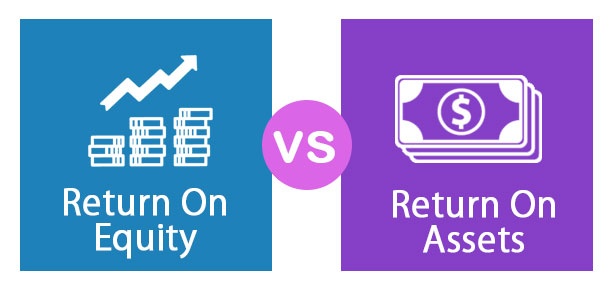International Banking – Return on Assets (ROA), Return on Equity (ROE)

Q. Explain the relationship between return on assets and return on equity. What incentives does this relationship give a bank manager? Is this the desired outcome preferred by regulators?
A. In order for the owners of a bank to know whether the bank is being managed well, they need good measures of bank profitability. ROE and ROA help in banking to measure the banks’ corporate performance (Mishkin, 2004).
ROE is calculated as annual net income divided by average shareholder’s equity whereas ROA is annual net income divided by total assets. ROA ratio helps to gauge how efficiently a bank is being run, because it indicates how much profits are generated by each dollar of assets. ROE helps to measure how well the owners are doing on their investment, because it indicates how much the bank is earning on their equity investments (Gallo, 2016).
There is a direct relationship between the ROA and ROE. If the return on assets remains same, the lower the bank capital, the higher the ROE, so the higher return for the owners of the bank (Corporate Finance Institute (Ed.), 2020). Higher ROE may sound appealing, but the lower the bank capital, the likelihood for a bank to go bankrupt in case the economy goes bad increases. So, as seen here, reaching the fine balance between the bank capital and ROE ratio is a big deal.
That’s where the smart bank managers step in. Their role is to determine the optimum amount of bank capital that the bank should hold onto, while keeping the bank’s ROE not too low. At the times where the loans’ default risks increase, they may want to hold more capital in in order to protect the bank from bankruptcy. Contrarywise, in the safe times where loan losses are not expected, they may want to reduce the amount of bank capital and thereby increase the bank’s ROE (Mishkin, 2004).
On the other hand, there’s another stakeholder in this equation who are the regulators. Regulatory authorities determine capital requirements that the banks should comply with. However, due to the high costs of holding capital, bank managers often want to hold less bank capital than is required by the regulators. To show that the bank is doing well, bank managers tend to keep the bank capital as low as possible to the point where the ROE is maximised. This is not a preferred outcome for the regulators.
References
Corporate Finance Institute (Ed.). (2020). What is Return on Equity (ROE)? Retrieved July 30, 2020, from https://corporatefinanceinstitute.com/resources/knowledge/finance/what-is-return-on-equity-roe/
Gallo, A. (2016). A Refresher on Return on Assets and Return on Equity. Retrieved July 30, 2020, from https://hbr.org/2016/04/a-refresher-on-return-on-assets-and-return-on-equity
Mishkin, F. S. (2004). The economics of money, banking and financial markets. Harlow, Essex: Pearson Education Limited.





